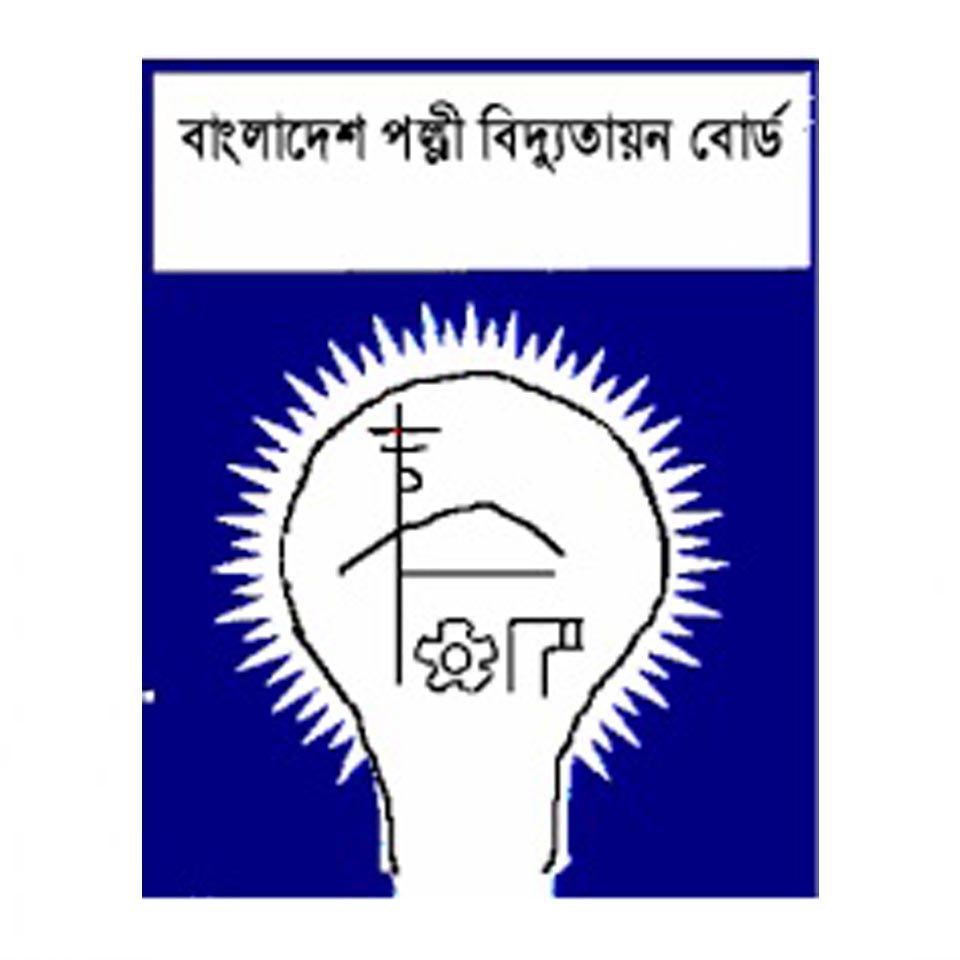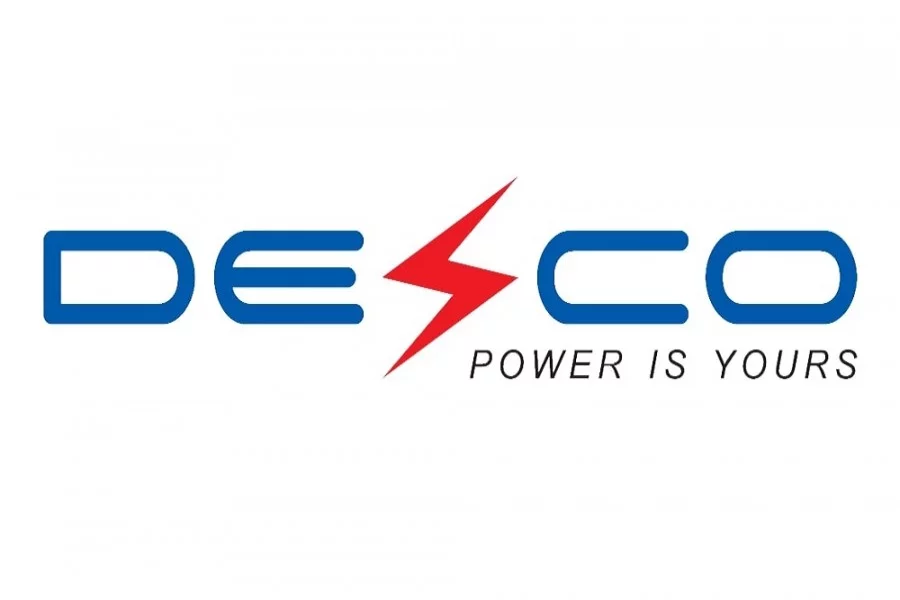To connect a solar PV plant to distribution or transmission networks, it is necessary to step-up the voltage level from medium to high voltage. The purpose of a substation is to convert low voltages from electricity generated to high voltages, or vice versa, using power transformers.
In more detail, substations have 4 key functions:
- To satisfy load growth and transmission capacity rapidly when a location has little to no power supply infrastructure.
- To accommodate new energy generation such as from wind or solar plants.
- To maintain reliability requirements to address congestion in the power grids.
- To break the power flow in scenarios of fault response.

The Power Transmission and Distribution Industry has witnessed significant upsurge due to its growing life expectancy and the rising demand for effective, safe, reliable and stable transmission & distribution networks.
The lack of an efficient electricity network and the need for infrastructure expansion of cross border networks to supply electricity with less losses across developing and developed nations has been a major industry driver and fundraiser. As an example, the European network announced an investment worth USD 400 billion by 2020 out of which two thirds of the investment will be allocated to install and upgrade the distribution grids across the region.
Additionally, the rapid expansion of transmission capacity, quick disaster response and temporary load support are few indispensable features favoring the deployment of substations.



















